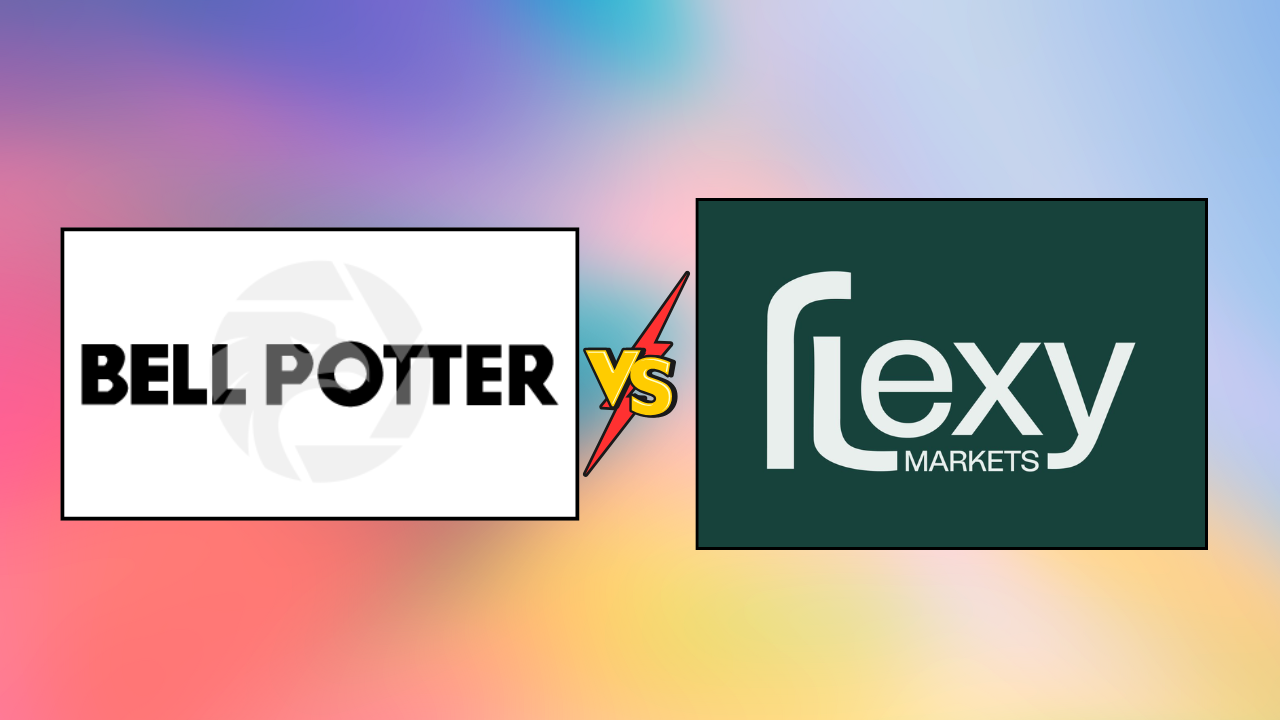
Bell Potter vs. Flexy Markets A Comprehensive Comparison for Traders in 2025
By: Swarnalata
Published on: Mar 28, 2025
Choosing the right trading platform can make or break your investment journey. In the battle of Bell Potter vs. Flexy Markets, both platforms cater to distinct audiences, but which one aligns with your financial goals? This detailed guide breaks down their features, fees, pros/cons, and more to help you decide.
Why Compare Bell Potter vs. Flexy Markets?
Bell Potter is a stalwart in Australia’s financial landscape, offering traditional brokerage services with a focus on research-driven investing. On the flip side, Flexy Markets positions itself as a modern, tech-forward platform ideal for flexible trading and low-cost transactions. Whether you prioritize stability or innovation, understanding the Bell Potter vs. Flexy Markets dynamic is key to optimizing your strategy.
Company Overviews
1. Bell Potter: The Established Brokerage Giant
- Founded: 1970s (decades of market experience)
- Services: Full-service brokerage, wealth management, IPOs, and research reports.
- Target Audience: Long-term investors, high-net-worth individuals, and institutions.
- Key Strength: Robust research tools and personalized advisory services.
2. Flexy Markets: The Modern Trading Disruptor
- Founded: 2010s (emerging fintech player)
- Services: Low-cost CFD trading, forex, cryptocurrencies, and user-friendly platforms.
- Target Audience: Active traders, beginners, and cost-conscious investors.
- Key Strength: Competitive fees and intuitive trading technology.
Bell Potter vs. Flexy Markets: Key Differences (Pointwise)

1. Fees and Commissions
Aspect
Brokerage Fees
Account Fees
Inactivity Fees
Bell Potter
Higher (0.1%–1% per trade)
Annual maintenance fees apply
Charges after 12 months
Flexy Markets
Lower (flat fees from $5)
No hidden fees
None
Verdict: Flexy Markets wins for cost-efficiency, while Bell Potter justifies fees with premium services.

2. Trading Platforms & Tools
- Bell Potter: Offers a desktop-based platform with advanced charting, research portals, and tailored advisor access.
- Flexy Markets: Mobile-first app with one-click trading, real-time alerts, and social trading features.
Bell Potter vs. Flexy Markets Takeaway: Traditionalists prefer Bell Potter’s depth, while Flexy Markets excels in accessibility.
3. Investment Options
- Bell Potter: ASX shares, ETFs, bonds, managed funds, and IPOs.
- Flexy Markets: CFDs, forex, cryptocurrencies, commodities, and global indices.
Ideal For: Diversified portfolios (Bell Potter) vs. speculative trading (Flexy Markets).
 4. Customer Support
4. Customer Support
- Bell Potter: Dedicated relationship managers and phone/email support.
- Flexy Markets: 24/7 live chat and AI-driven assistance.
Pros and Cons: Bell Potter vs. Flexy Markets
Bell Potter
✅ Pros:
- Unmatched research and market insights.
- Tailored advisory for complex portfolios.
- Trusted regulatory compliance (ASIC-licensed).
❌ Cons:
- High minimum deposits ($10,000+).
- Outdated mobile app.
Flexy Markets
✅ Pros:
- Ultra-low trading fees.
- Beginner-friendly interface.
- Fast account setup (<24 hours).
❌ Cons:
- Limited traditional investment options.
- Higher risk with leveraged products.
Which Should You Choose? Bell Potter vs. Flexy Markets
- Pick Bell Potter If: You’re a long-term investor seeking stability, research, and personalized advice.
- Choose Flexy Markets If: You’re a cost-sensitive trader prioritizing flexibility, speed, and modern tools.
Final Thoughts on Bell Potter vs. Flexy Markets
The Bell Potter vs. Flexy Markets debate hinges on your trading style. While Bell Potter caters to seasoned investors valuing expertise, Flexy Markets democratizes trading with affordability and innovation. Assess your risk tolerance, goals, and preferences to pick the winner in your Bell Potter vs. Flexy Markets showdown.



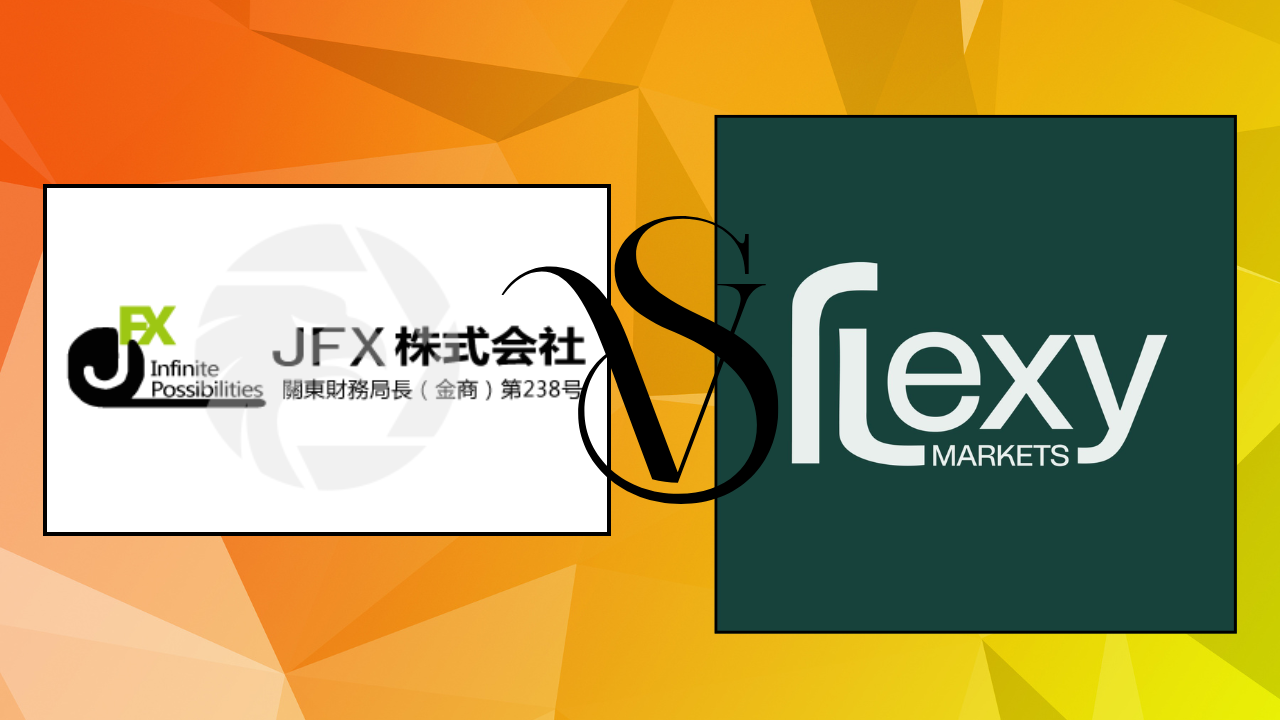
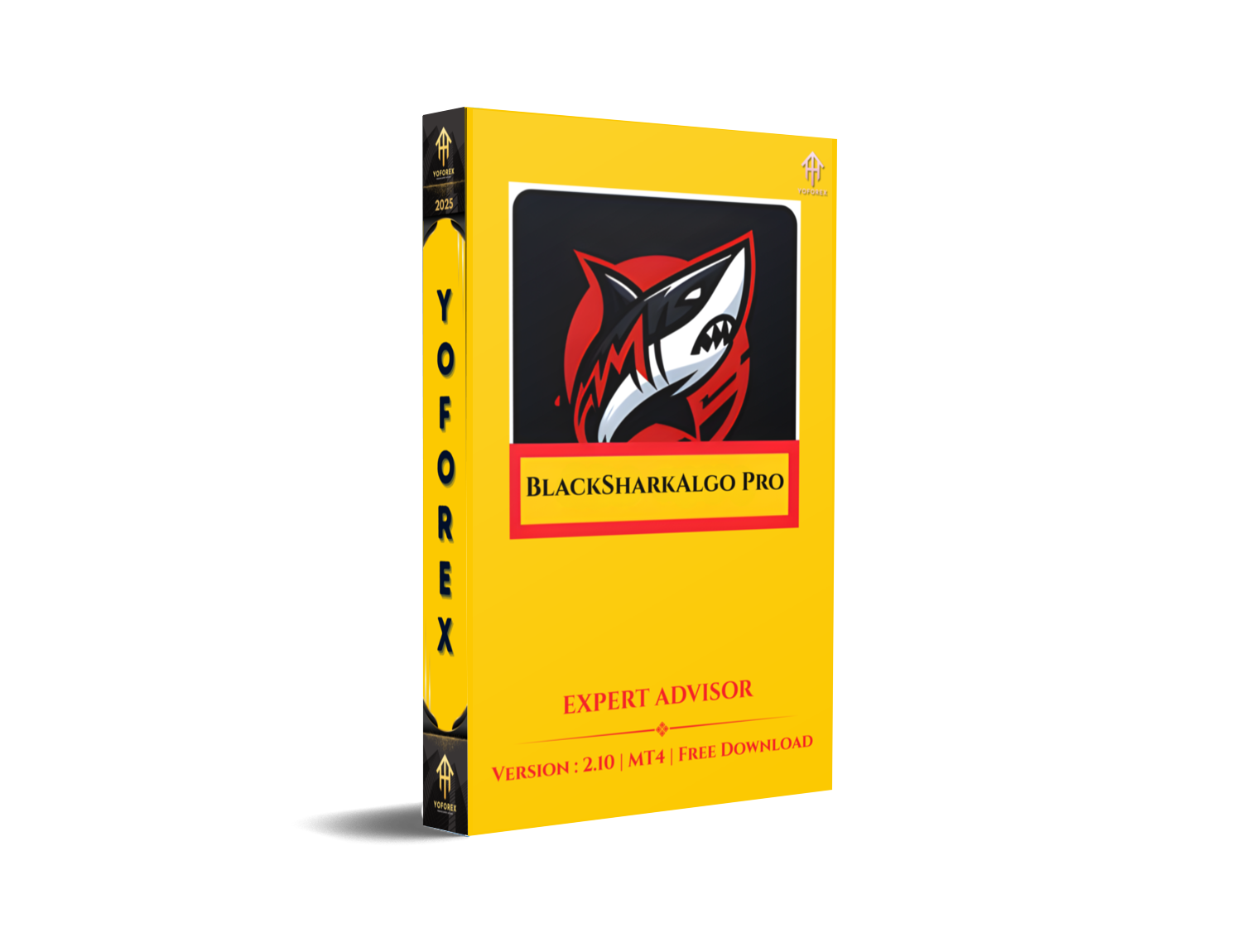
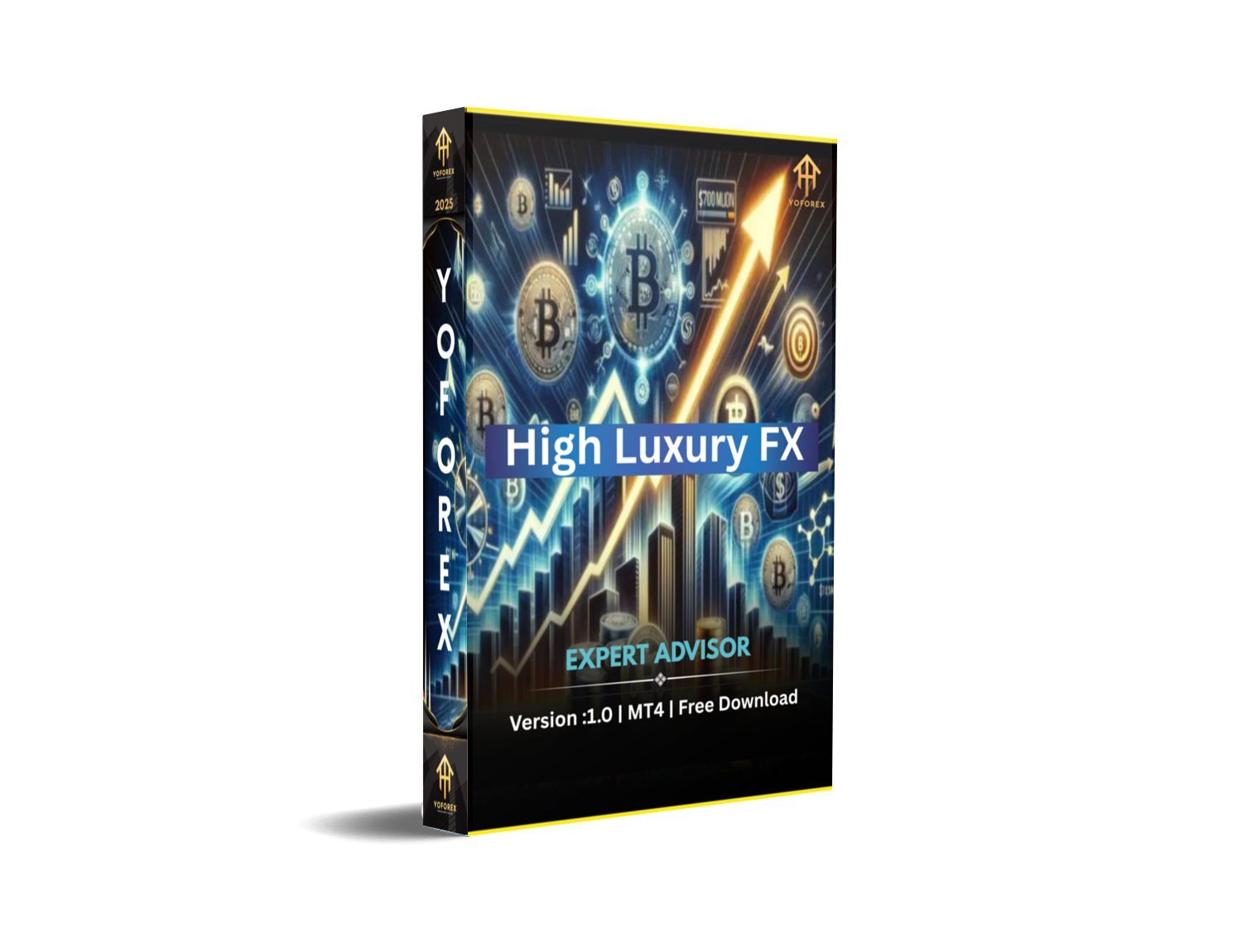
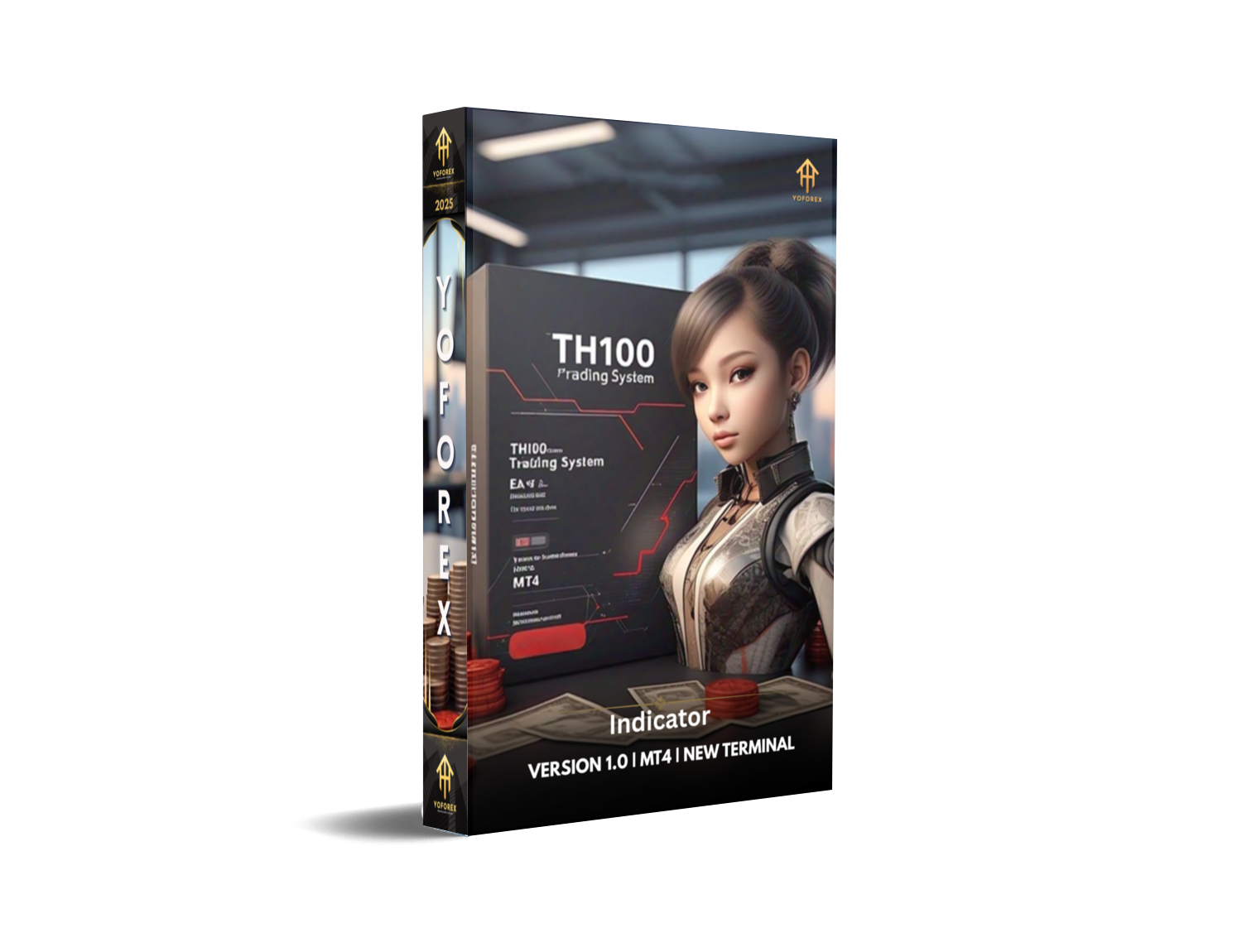


Comments
No comments yet. Be the first to comment!
Leave a Comment